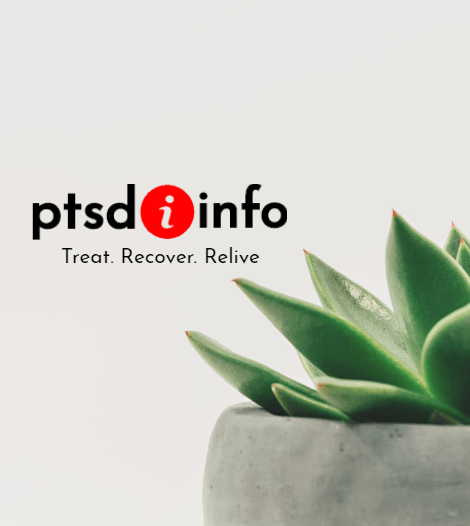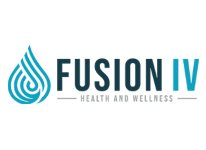DSM 5 PTSD
A. Exposure to actual or threatened death, serious injury, or sexual violence in one (or more) of the following ways:
- 1. Directly experiencing the traumatic event(s).
- 2. Witnessing, in person, the event(s) as it occurred to others.
- 3. Learning that the traumatic event(s) occurred to a close family member or close friend. In cases of actual or threatened death of family member or friend, the event(s) must have been violent or accidental.
- 4. Experiencing repeated or extreme exposure to aversive details of the traumatic event(s) (e.g., first responders collecting human remains; police officers repeatedly exposed to details of child abuse).
- Note: Criterion A4 does not apply to exposure through electronic media, television, movies, or pictures, unless this exposure is work related.
B. Presence of one (or more) of the following intrusion symptoms associated with the traumatic event(s), beginning after the traumatic event(s) occurred:
- 1. Recurrent, involuntary, and intrusive distressing memories of the traumatic event(s).
- 2. Recurrent distressing dreams in which the content and/or affect of the dream are related to the traumatic event(s).
- 3. Dissociative reactions (e.g., flashbacks) in which the individual feels or acts as if the traumatic event(s) were recurring. (Such reactions may occur on a continuum, with the most extreme expression being a complete loss of awareness of present surroundings.)
- 4. Intense or prolonged psychological distress at exposure to internal or external cues that symbolize or resemble an aspect of the traumatic event(s).
- 5. Marked psychological reactions to internal or external cues that symbolize or resemble an aspect of the traumatic event(s).


C. Persistent avoidance of stimuli associated with the traumatic event(s), beginning after the traumatic event(s) occurred, as evidenced by one or both of the following:
- 1. Avoidance of or efforts to avoid distressing memories, thoughts, or feelings about or closely associated with the traumatic event(s).
- 2. Avoidance of or efforts to avoid external reminders (people, places, conversations, activities, objects, situations) that arouse distressing memories, thoughts, or feelings about or closely associated with the traumatic event(s).
EFT tapping is used to restore balance to disrupted energy. It's been an authorized treatment for war veterans with PTSD, and it's demonstrated some benefits as a treatment for anxiety, depression, and physical pain.
I am pleased with how quickly symptoms reduce or vanish entirely with my clients - I am a daily EFT tapper.
Do not start with traumatic events directly but rather with emotions, bodily sensations, and tap on those. With patience and a gentle approach, this modality creates a calming shift in a brief amount of time."
- Todd Denny M.S.W.
D. Negative altercations in cognitions and mood associated with the traumatic event(s), beginning or worsening after the traumatic event(s) occurred, as evidenced by two (or more) of the following:
- 1. Inability to remember an important aspect of the traumatic event(s) (typically due to dissociative amnesia and not to other factors such as head injury, alcohol, or drugs).
- 2. Persistent and exaggerated negative beliefs or expectations about oneself, others, or the world (e.g., “I am bad,” “No one can be trusted,” “The world is completely dangerous,” “My whole nervous system is permanently ruined”).
- 3. Persistent, distorted cognitions about the cause or consequences of the traumatic event(s) that lead the individual to blame himself/herself or others.
- 4. Persistent negative emotion state (e.g., fear, horror, anger, guilt, or shame).
- 5. Markedly diminished interest or participation in significant activities.
- 6. Feelings of detachment or estrangement from others.
- 7. Persistent inability to experience positive emotions (e.g., inability to experience happiness, satisfaction, or loving feelings).
E. Marked alterations in arousal and reactivity associated with the traumatic event(s), beginning or worsening after the traumatic event(s) occurred, as evidence by two (or more) of the following:
- 1. Irritable behavior and angry outbursts (with little or no provocation) typically expressed as verbal or physical aggression toward people or objects.
- 2. Reckless or self-destructive behavior.
- 3. Hypervigilance.
- 4. Exaggerated startle response.
- 5. Problems with concentration.
- 6. Sleep disturbance (e.g., difficulty falling or staying asleep or restless sleep).
F. Duration of the disturbance (Criteria B, C, D, and E) is more than 1 month.
G. The disturbance causes clinically significant distress or impairment in social, occupational, or other important areas of functioning.
H. The disturbance is not attributable to the physiological effects of a substance (e.g., medication, alcohol) or another medical condition.
Proud Supporters


.jpg)



 DSM-5 Criteria for Posttraumatic Stress Disorder (PTSD)
DSM-5 Criteria for Posttraumatic Stress Disorder (PTSD)
